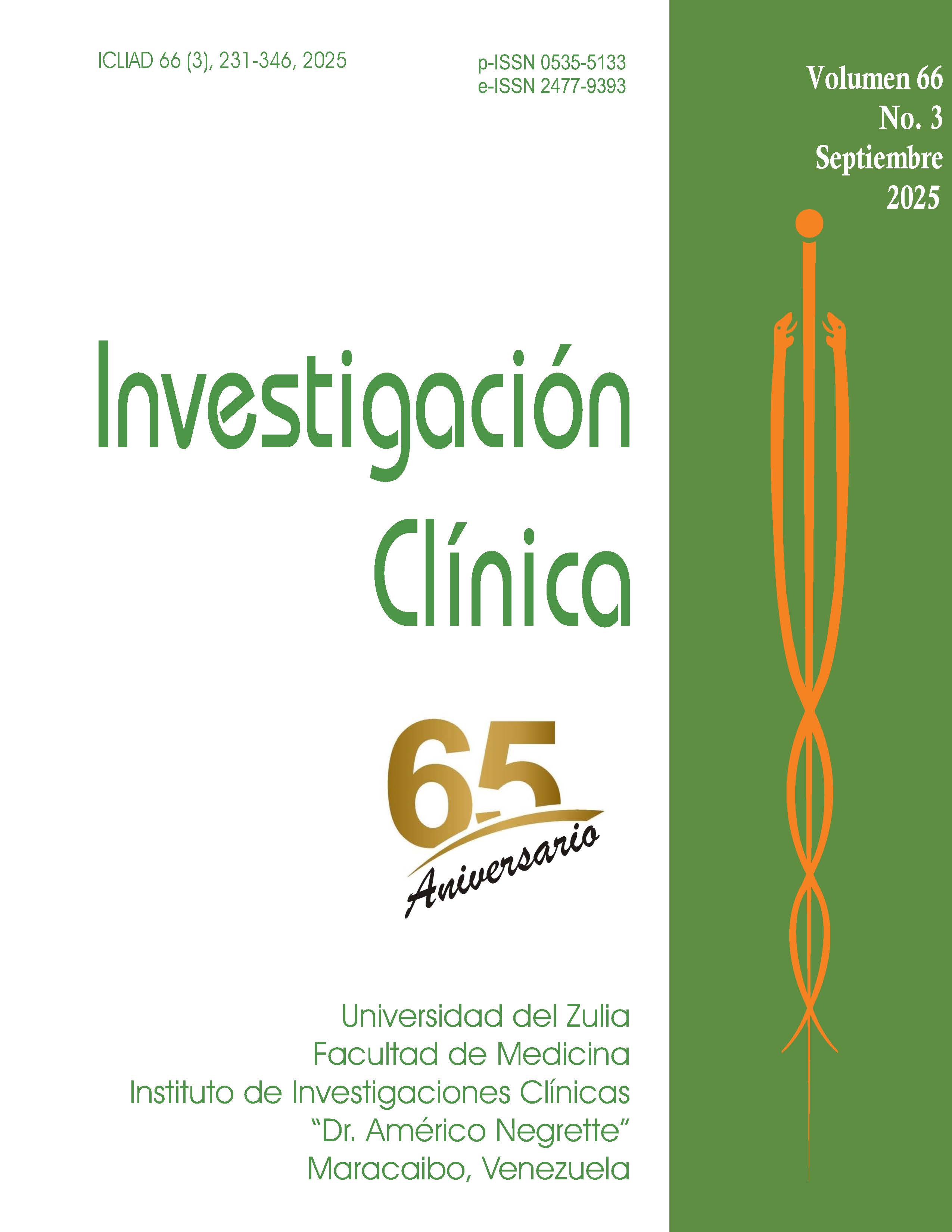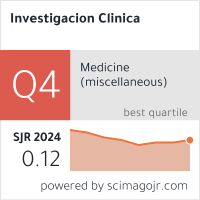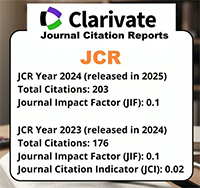Plagio, similitudes e inteligencia artificial en la evaluación de trabajos científicos.
Plagiarism, similarities and artificial inteligence in the evaluation of scientific papers
Abstract
The reliance on programs that measure percentages of plagiarism (based on the concept of plagiarism), similarities, or AI content—without a thorough analysis of the manuscript’s quality—reflects an editorial approach that prioritizes new technology guidelines over the actual quality of the work. Such measures should not serve as a barrier to the submission of research papers for review by qualified reviewers who can assess the quality of the report.
Downloads
References
Real Academia Española. Diccionario de la lengua española [Internet]. 23ª ed. Madrid: RAE; 2025. Disponible en: https://dle.rae.es.
Elsevier. Plagiarism complaints. [Internet]. Amsterdam: Elsevier. Disponible en: https://www.elsevier.com/editor/perk/plagiarism-complaints.
Elsevier. Policies & guidelines for authors [Internet]. Amsterdam: Elsevier. Disponible en: https://www.elsevier.com/researcher/author/policies-and-guidelines.
Crossref. Similarity Check powered by iThenticate [Internet]. Oakland, CA-USA: iThenticate. USA. https://www.ithenticate.com/products/crossref-similarity-check.
European Association for Research on Learning and Instruction (EARLI). Guide for authors: Learning and Instruction [Internet]. Amsterdam: Elsevier. Disponible en: https://www.sciencedirect.com/journal/learning-and-instruction/publish/guide-for-authors.





















